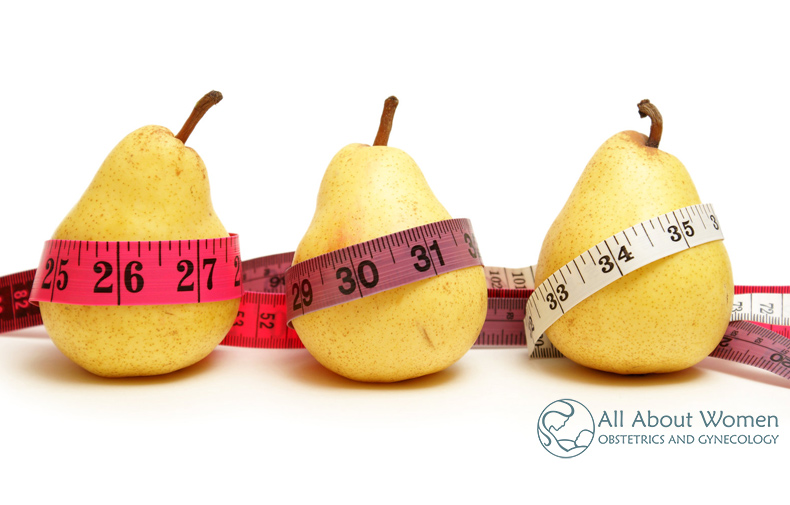
Food can be a complex subject for many people. While some find comfort and contentment in food, others may have a more complicated connection with it, especially when we are surrounded by images that tell us that we should look a certain way.
Eating disorders are serious conditions that can result from a negative relationship with food, and they can harm both your mental and physical health. As a result, they require proper treatment and care, and they should be taken seriously.
Recent surveys show that in 2021, eating disorders statistically affect more women than men. Among the 30 million Americans that suffer from an eating disorder, approximately 20 million—or two-thirds—are women.
According to the National Eating Disorder Association, an eating disorder can impact a woman’s entire body, including each of her organ systems. They are serious conditions that can be potentially life-threatening.
How body systems are harmed by eating disorders
Recent studies show that eating disorders can affect your body holistically, including your cardiovascular, gastrointestinal and neurological health. Eating disorders could cause an increased risk of the following conditions:
Cardiovascular
- Low blood pressure due to consuming fewer calories
- Depletion of electrolytes, which can lead to irregular heartbeat
- Heart failure
Gastrointestinal
- Stomach pain, bloating, nausea and constipation
- Potential ruptures to your major organs, including your esophagus, stomach or intestines
Neurological
- Difficulty concentrating
- Difficulty staying awake or falling asleep
- Severe dehydration, which could lead to seizures or muscle cramps
- Dizziness or feelings of faintness
- Sleep apnea
Eating disorders often start young
Statistics show that not only are more women impacted by disordered eating, but recent studies have found that girls as young as 5 and 6 experienced patterned thinking that could lead to an eating disorder condition.
According to the National Association of Anorexia Nervosa and Associated Disorders (ANAD):
- 42 percent of girls in the 1st through 3rd grade claim they want to be thinner.
- 81 percent of children who are only 10 years old say they are afraid of being fat.
- 35-57 percent of adolescent girls engage in crash dieting, consume diet pills or laxatives or induce themselves to vomit.
Often, these issues continue into young adulthood. In a survey conducted on a college campus, 91 percent of the women interviewed claimed that they control their weight through dieting.
Eating disorder statistics also affect men
Though the condition significantly impacts women to a higher degree, men can also suffer from eating disorders. In fact, the number of men dealing with disordered eating has increased in 2021, and statistically about 10 million men are affected by eating disorders in the United States.
The lack of statistical data on men suffering from eating disorders is primarily because men are less likely to seek treatment for their illnesses. This could be a result of a stigma that men face, for they may fear being characterized as “feminine.” Another factor is that many assessment tests are created with language centered on women, which has led to misunderstandings about eating disorders and how they impact men.
Eating disorders can be fatal
Despite any stereotypes or common misconceptions you may have heard about eating disorders, they are not simply just a “phase” in someone’s life. They are serious conditions that can lead to chronic illnesses and could eventually lead to death.
The ANAD claims that:
- Eating disorders are categorized as one of the deadliest mental health conditions.
- About 10,200 deaths each year are caused by eating disorders, which amounts to 1 death every 52 minutes.
- Approximately 26 percent of people suffering from disordered eating attempt suicide.
But eating disorders are also treatable conditions, and many people recover from them with proper help and support from their doctors. Surveys also suggest that prevention is possible for those who are at risk for eating disorders.


